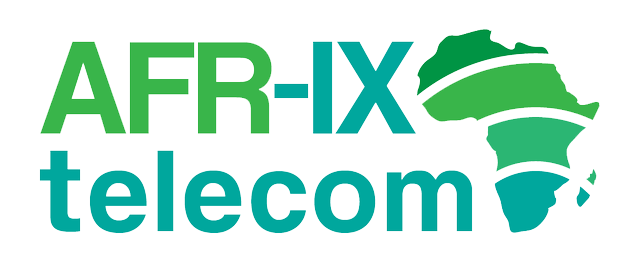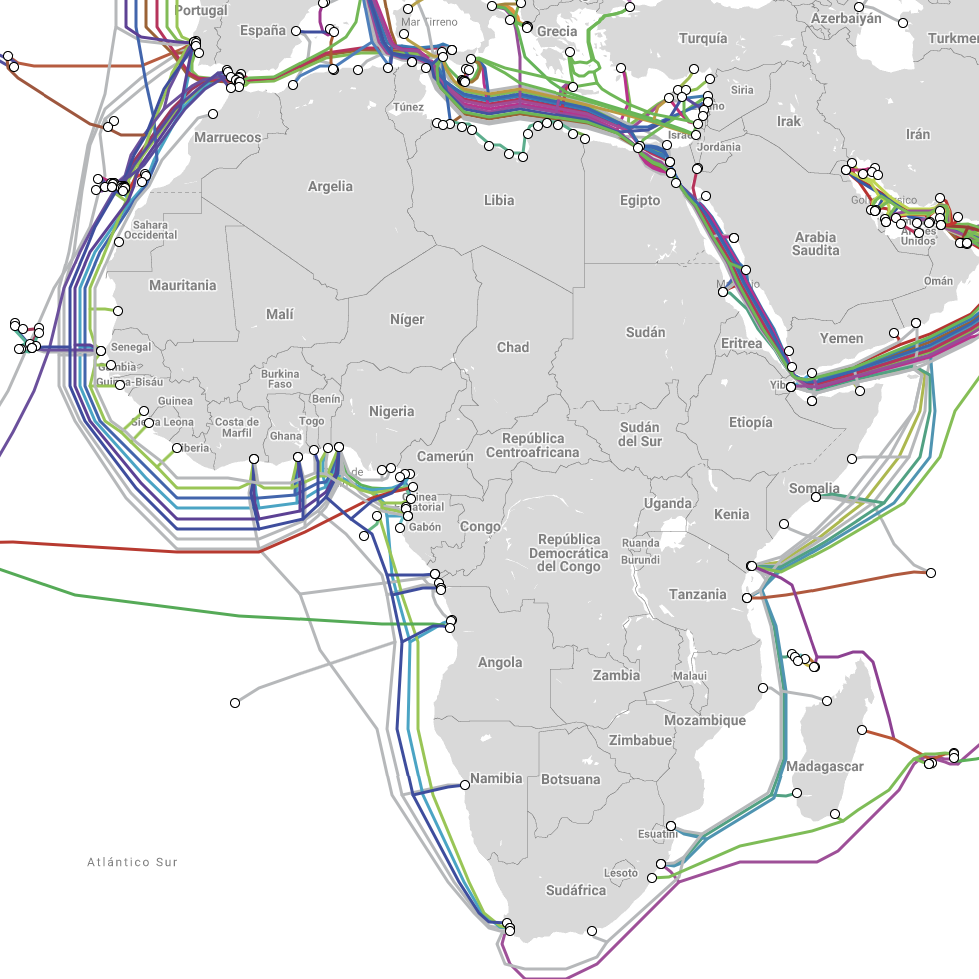Submarine Cable Networks In Africa
Others
13/05/2021

Africa remains one of the most important global digital transformation growth markets. Submarine cable networks connecting various African countries are a good yardstick to measure economic progress in specific countries. As of 2018, nearly every African country was connected to the rest of the world by at least one submarine cable, and connectivity through terrestrial cables within the continent was well advanced. As new subsea cables continue to be rolled out across Africa, there will be a significant reduction in international bandwidth costs, increased bandwidth consumption, and demand for emerging technologies. Once these results become noticeable, the hope exists that the digital divide between Africa and the rest of the world will narrow. There will be a boost in economic and social development in African countries.
Why are submarine cables needed?

Subsea fiber optic cables connect Africa to the rest of the world and serve as a catalyst for future communications technology development. At least 99% of global data currently travels through submarine cables, making these cables crucial in integrating the continent with the rest of the world and allowing it to be a competitor in the global market. The existing subsea infrastructure is aging and won’t be able to support infinite future demand. High-capacity subsea cable systems need to be established to complement the existing networks to allow for automated traffic rerouting if there are cuts or outages to address these risks.
East African submarine cables
Eastern Africa, which faces Asia, and Western Africa that looks up to the UK, Portugal, and Brazil, have 24 subsea cables. A symmetry exists between the two sides of the continent, as 12 subsea cables flank each side. Eastern Africa stretches from Djibouti down to South Africa, contains six countries on the continent, and includes four adjoining landmasses with Mauritius, Madagascar, Seychelles Comoros. Kenya is the epicenter of connectivity for this region, with four operational subsea cables and another four in the planning and construction phases. As the epicenter, Kenya also serves as a connection gateway to its neighboring landlocked countries of Rwanda, Uganda, and Burundi. Seacom and EASSy have been the primary East African subsea cables for many years, with the unique approach of being service providers with licensed entities in each of the countries served. In pursuit of enterprise ambitions, both service providers have built terrestrial networks and forged alliances with landlocked countries. The TEAMS subsea cable connects Eastern Africa to the Middle East and is a joint venture between the Kenyan government, telco operators, and the UAE-based Etisalat operator. One of the latest submarine cable networks, 2Africa, involves a partnership between eight global companies to serve both the African and Middle East regions. Connecting with other subsea cables via East Africa, the cable will provide expanded connectivity to Asia. The current “live” date for the cable is estimated to be 2023 or 2024, and the technology used is expected to provide cost-effective capacity.
West African subsea cables
The first consortium cable spanning 21 countries, which stretched from Morocco to South Africa, was the SAT3 which was commissioned in 2002. WACS and ACE followed in 2012, of which the latter covers 22 countries. ACE managed to connect several countries in the northwestern region of the continent to their first subsea cable, which suddenly meant less dependence on satellite connectivity and prompted affordable broadband internet access. Atl
The first consortium cable spanning 21 countries, which stretched from Morocco to South Africa, was the SAT3 which was commissioned in 2002. WACS and ACE followed in 2012, of which the latter covers 22 countries. ACE managed to connect several countries in the northwestern region of the continent to their first subsea cable, which suddenly meant less dependence on satellite connectivity and prompted affordable broadband internet access. Atlantis-2 was the first subsea cable to enable south Atlantic intercontinental connectivity between Senegal and Brazil in South America in 2000. Various projects have since been launched to improve connectivity and provide an alternate route between Africa and the United States.
antis-2 was the first subsea cable to enable south Atlantic intercontinental connectivity between Senegal and Brazil in South America in 2000. Various projects have since been launched to improve connectivity and provide an alternate route between Africa and the United States.
North African submarine cable networks
Egypt and Djibouti are seated in the Asia-Europe subsea corridor and transits or terminates 26 submarine cables near France, Spain, Italy, and Saudi Arabia. The North African region (Djibouti, Sudan, Egypt, Sudan, Libya, Tunisia, Algeria, and Morocco) has been able to leverage its proximity with the countries mentioned. Each of these African countries is connected through several point-to-point short distance cables on top of landing existing subsea cables.
Continued submarine cable network development will ensure that Africa has a robust connectivity infrastrucure that offers multiple options at competitive prices. As connectivity prices start to decrease, Africa’s digital economy will be accelerated, and the digital divide will be narrowed.
Should you require a reliable internet service provider specializing in submarine cable telecommunications, get in touch with our experts at AFR-IX Telecom today.

